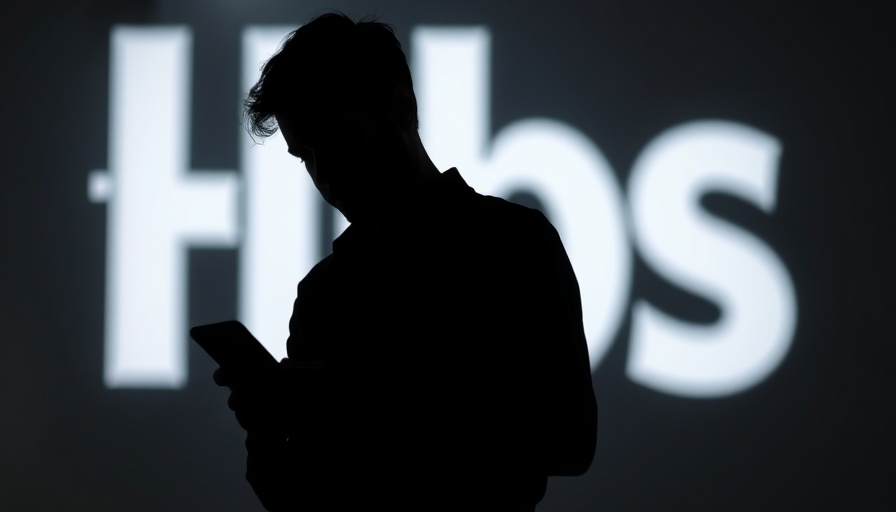
A Sudden Outage: What Happened to ChatGPT?
On Tuesday, users around the globe experienced a disruption unlike anything seen before with ChatGPT. The popular AI platform, known for its conversational prowess and rapid responses, was down for more than 15 hours. Many users took to social media to express their frustration and confusion, unsure if the issue was isolated to them.
Understanding the Timeline of the Outage
The outage commenced at 3 AM ET and gradually intensified, according to data tracked by Downdetector. By 5:30 AM, the number of user complaints surged to over 1,000, peaking at nearly 2,000 reports as the morning unfolded. OpenAI's status page confirmed that the company was aware of the elevated error rates and latency affecting not only ChatGPT but also their Sora text-to-video platform.
OpenAI's Response and Recovery Efforts
OpenAI worked diligently to identify and rectify the underlying cause of the outage. The company provided updates throughout the day, with important milestones occurring around 9:07 AM when they pinpointed the root of the problem. Despite early optimism for speedier recovery, by 2 PM, they indicated that a full restoration would take additional hours. Finally, by around 6:30 PM, they reported that nearly all services were functional, although glitches remained in the voice mode.
Impacts on Users: A Day Without AI
For many, ChatGPT has become an integral part of daily workflows, assisting with everything from writing assistance to coding help. The sudden outage left users scrambling for alternatives, shining a light on the growing reliance on AI technology. Users were left pondering how tech dependencies impact their routines and productivity when a primary tool becomes unavailable.
Alternatives to Consider During Downtime
With numerous alternatives now available, users sought replacements to bridge the gap during the outage. Tools like Google's Bard, Microsoft's Bing Chat, or even several niche AI chatbots provided users with options while they awaited ChatGPT's return. These alternatives showcase a competitive landscape in the AI realm, emphasizing the innovations and options available to consumers in the digital space.
Future Considerations: What Happens Next?
As the tech community reflects on this outage, discussions are arising about the resilience and scalability of AI infrastructure like that of OpenAI. With AI technologies becoming ever more integrated into daily tasks and processes, it raises questions about how future outages might be managed better. Should companies develop contingency plans or promote alternative AI tools to minimize user downtime?
The Bigger Picture: AI Reliability
This recent downtime serves as a reminder of the vulnerabilities inherent in digital technologies. While AI can offer incredible benefits, it also poses risks if availability falters. Users should remain proactive in exploring multiple AI solutions to ensure they are well-prepared for unexpected service interruptions.
Final Thoughts
Although OpenAI's swift actions remedied the outage rather quickly, the experience left many users reflecting on their AI dependencies. We live in a time where technology empowers us significantly, but it is vital to consider the implications of relying solely on a single solution. Exploring alternatives could cultivate a broader understanding of available tools, further enhancing creativity and problem-solving capabilities in both personal and professional realms.
 Add Row
Add Row  Add
Add 




 Add Row
Add Row  Add
Add 
Write A Comment